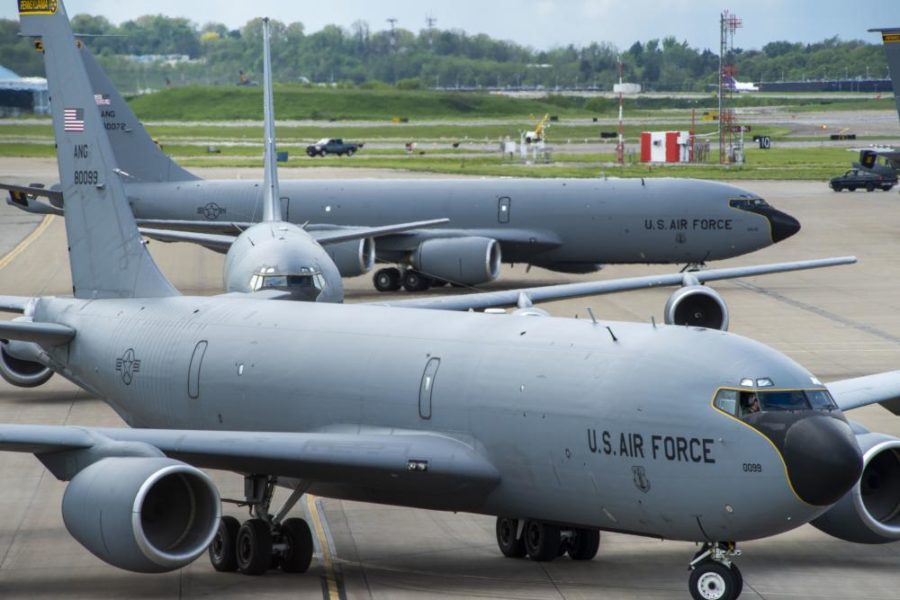The seven subpanels of the House Armed Services Committee are set to begin marking up their respective portions of the 2023 National Defense Authorization Act in the next few days, and one is considering letting the Air Force make cuts to its number of tankers and C-130s.
The subcommittee on seapower and projection forces released a summary of its markup to reporters June 7. Included in its provisions are two requirements setting minimums of at least 466 air refueling tanker aircraft and 271 C-130s.
Both numbers would represent a reduction in fleet sizes, something Air Force leaders have pursued for years now as part of their efforts to divest legacy aircraft and modernize.
As of Sept. 30, 2021, the Air Force’s tanker fleet stood at 539 planes, according to data provided to Air Force Magazine. The vast majority of those are KC-135s and KC-10s, older aircraft that Congress has previously blocked USAF from retiring quickly.
In the 2019 NDAA, Congress set the floor for total tanker aircraft at 479, a total endorsed by U.S. Transportation Command. However, Air Force Secretary Frank Kendall said during a recent Heritage Foundation event that he wanted to cut the fleet down to 455 aircraft.
In its 2023 budget request, the Air Force asked to retire 13 KC-135s from the Guard and Reserve while buying 15 new KC-46s, for a net increase to the tanker fleet.
The C-130 fleet, meanwhile, is slated to take a cut in the budget request. The Air Force wants to retire a dozen C-130Hs and buy four C-130Js.
As of Sept. 30, 2021, the Air Force had 285 C-130Hs and C-130Js in its inventory, with all the C-130Hs in the Guard or Reserve. Previous NDAAs had approved a minimum fleet of 279 aircraft, meaning the reduction of eight proposed by lawmakers would match the number of divestments proposed by the Air Force.

